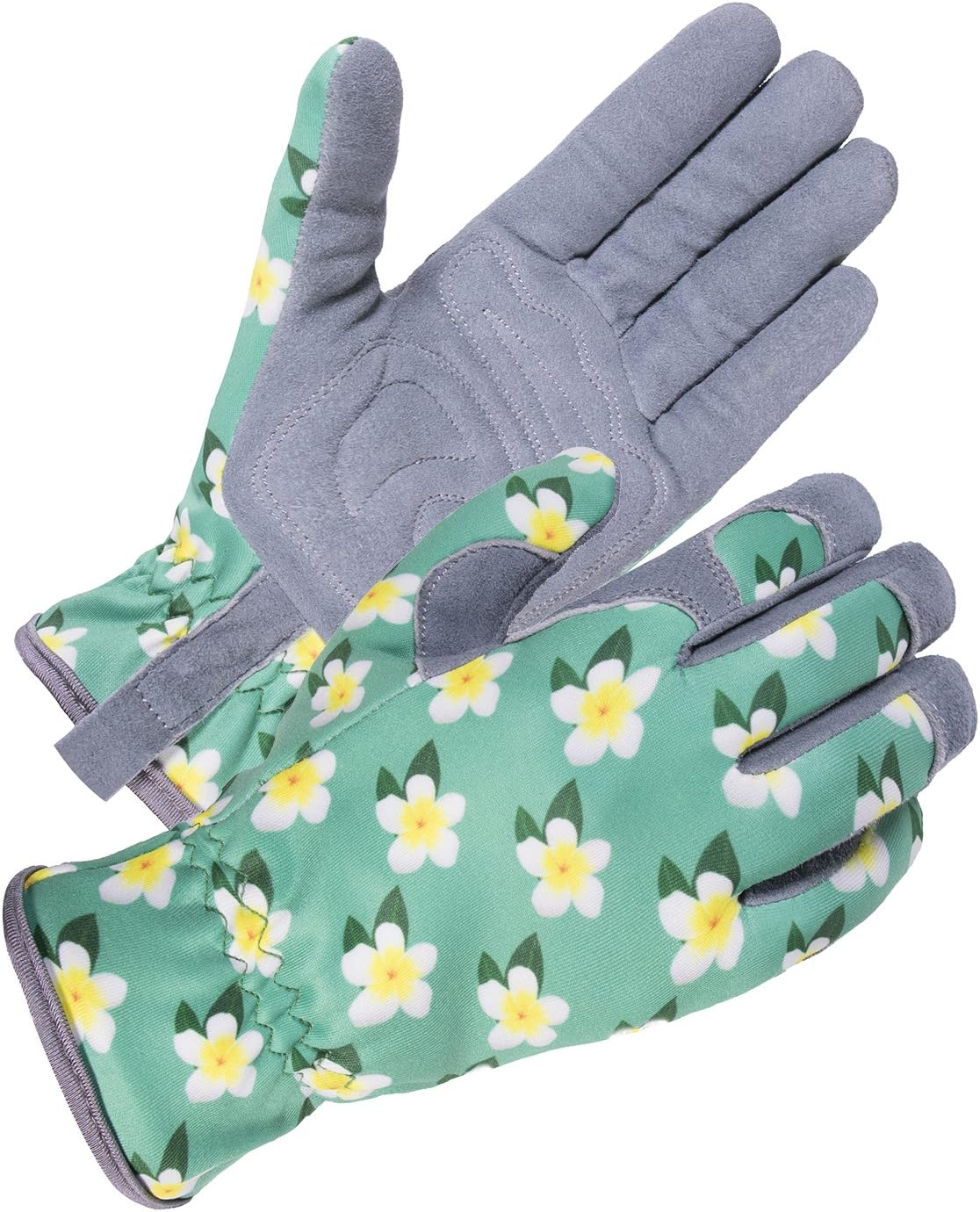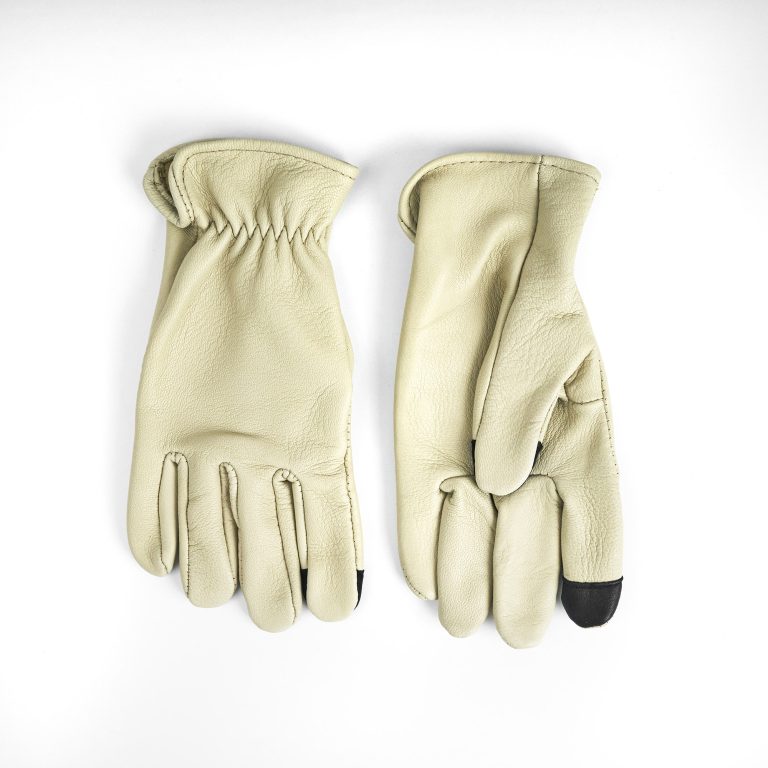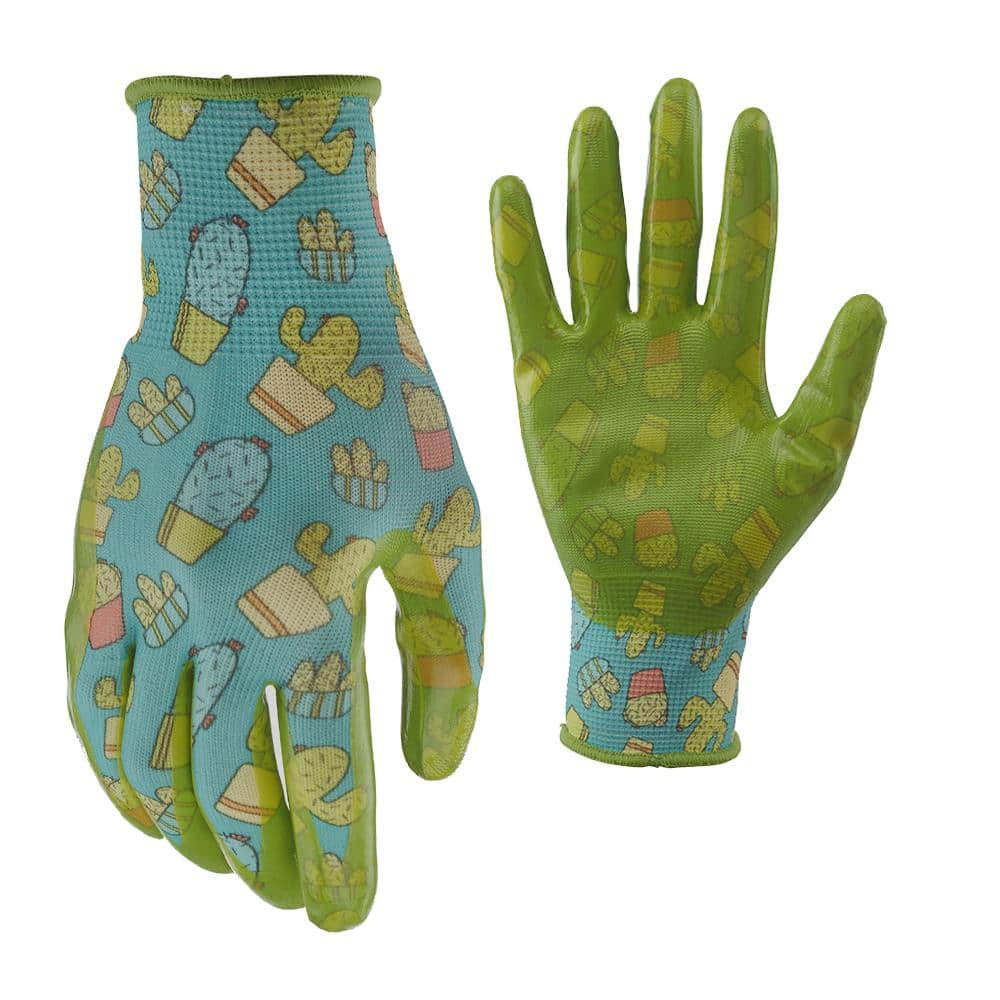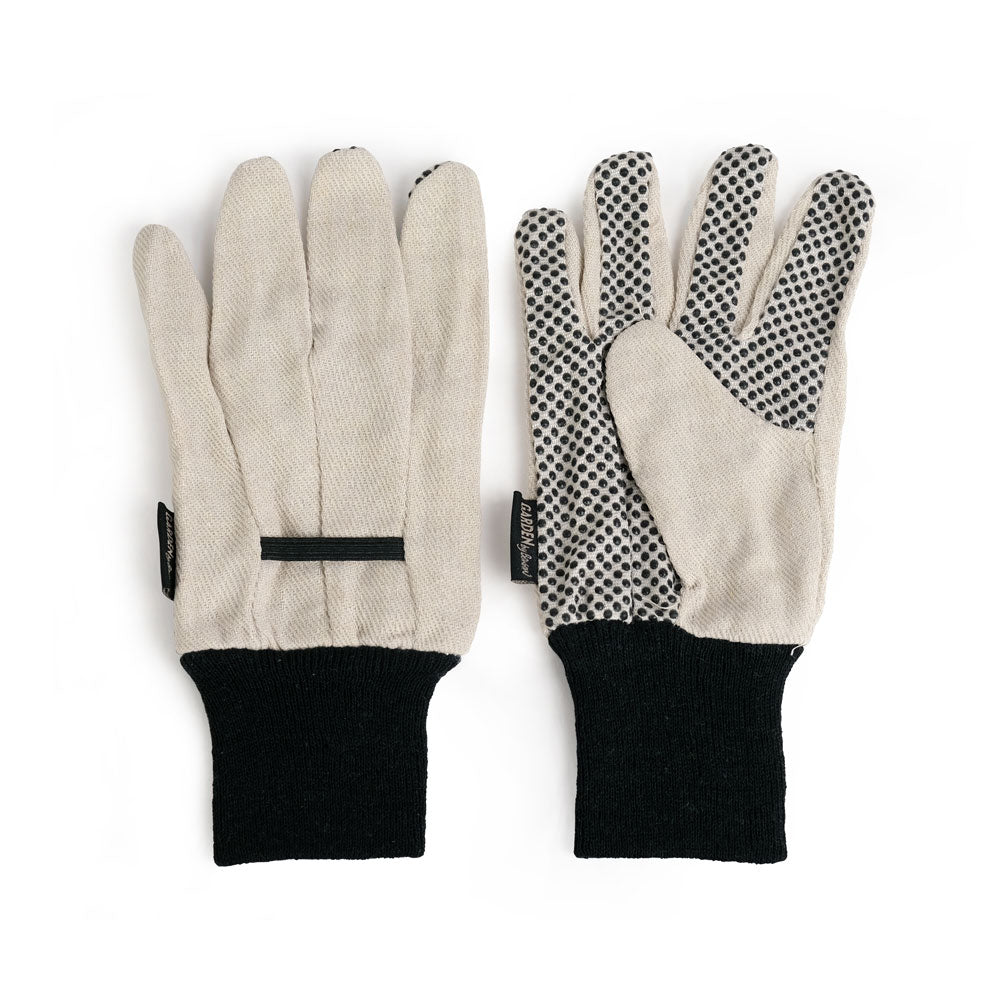Gardening is a fulfilling and relaxing hobby, but it comes with its challenges. To make the most of your gardening experience, investing in a good pair of gardening gloves is essential. They protect your hands from injuries, provide better grip, and ensure comfort. This article explores the various aspects of gardening gloves, including their features, benefits, and the factors to consider when choosing the right pair.
Introduction to Gardening Gloves
The Importance of Gardening Gloves
Gardening involves interacting with a range of materials, including soil, plants, and tools. These can expose your hands to dirt, moisture, sharp objects, and allergens. Gardening gloves offer vital protection against these elements, preventing cuts, blisters, and skin irritations. They also enhance grip, making it easier to handle tools and plants.
Wearing gardening gloves is not just about protection. They contribute to a more efficient and enjoyable gardening experience. Gloves provide comfort, allowing you to work for extended periods without discomfort. They also protect your skin from the sun’s harmful UV rays, reducing the risk of sunburn and long-term skin damage.
Gardening gloves come in various designs, materials, and features, catering to different gardening needs. From light tasks like planting seeds to heavy-duty work like pruning thorny bushes, there’s a pair of gloves for every gardener. Understanding the importance of gardening gloves helps you appreciate their role in making gardening safer and more enjoyable.
Growing Popularity and Market Demand
The popularity of gardening as a hobby has surged in recent years. More people are discovering the joys of growing their plants, whether for aesthetic purposes, food, or mental well-being. This increased interest has led to a growing demand for quality gardening tools and accessories, including gloves.
With the rise of urban gardening and the DIY approach to horticulture, gardeners seek reliable and efficient tools. Gardening gloves have become a staple in every gardener’s toolkit. The market offers a wide range of options, from budget-friendly choices to high-end gloves designed for specific tasks.
This growing demand has prompted manufacturers to innovate and improve their products. Modern gardening gloves incorporate advanced materials and ergonomic designs, offering better protection, comfort, and durability. The variety and quality available in the market ensure that every gardener can find a pair that meets their needs.
Key Features of Gardening Gloves
Material and Construction
The material and construction of gardening gloves significantly impact their performance and durability. Different materials offer varying levels of protection, flexibility, and comfort. Common materials used in gardening gloves include leather, cotton, rubber, and synthetic fabrics.
Leather gloves are known for their durability and excellent protection. They can withstand sharp objects and rough surfaces, making them ideal for heavy-duty tasks like pruning and digging. Leather gloves also provide a good grip, ensuring that tools do not slip out of your hands.
Cotton gloves are lightweight and comfortable, making them suitable for light gardening tasks. They offer breathability, keeping your hands cool during extended periods of use. However, cotton gloves may not provide sufficient protection against thorns and sharp objects.
Rubber gloves are waterproof and resistant to chemicals, making them ideal for tasks involving water or harsh substances. They offer excellent grip and are easy to clean. However, rubber gloves may lack the flexibility and comfort of other materials.
Synthetic fabrics, such as neoprene and polyester, offer a balance between protection and flexibility. These materials are often treated with water-resistant coatings and reinforced with extra layers in key areas. They provide good protection against cuts and abrasions while maintaining flexibility for dexterous tasks.
Grip and Tactility
Grip and tactility are crucial features of gardening gloves. A good pair of gloves should offer a secure grip, allowing you to handle tools and plants with ease. This is particularly important for tasks that require precision, such as planting seeds or trimming plants.
Many gardening gloves feature textured palms and fingers to enhance grip. These textures can be made from rubberized materials or silicone, providing additional traction and control. Reinforced areas, such as the fingertips and palm, ensure that the gloves withstand regular use without compromising grip.
Tactility is equally important for gardeners. The gloves should offer a snug fit, allowing you to feel and manipulate small objects and tools. Thin and flexible materials are often used in the fingers and palm, ensuring that the gloves do not impede finger movements. This balance between grip and tactility ensures that gardening gloves enhance your ability to perform precise actions without removing your gloves.
Comfort and Fit
Comfort and fit play crucial roles in the effectiveness of gardening gloves. A well-designed pair of gloves should offer a snug but comfortable fit, minimizing discomfort and distractions during gardening. Ergonomic design elements, such as pre-curved fingers and adjustable closures, enhance the overall comfort and usability.
Pre-curved fingers are a common feature in high-quality gardening gloves. This design mirrors the natural shape of the hand, reducing strain and improving flexibility. Adjustable closures, such as Velcro straps and elastic cuffs, ensure that the gloves stay securely in place while allowing for easy adjustments.
Breathability is another important aspect of comfort. Many gardening gloves incorporate mesh panels and ventilation holes to promote airflow. This prevents the hands from sweating and overheating, especially during extended gardening sessions. The combination of ergonomic design and breathability ensures that gardening gloves provide a comfortable experience, allowing gardeners to focus on their tasks.
Benefits of Using Gardening Gloves
Protection Against Injuries
One of the primary benefits of using gardening gloves is the protection they provide against injuries. Gardening involves handling sharp tools, thorny plants, and rough surfaces, all of which can cause cuts, blisters, and abrasions. Gardening gloves act as a barrier, shielding your hands from these hazards.
Leather gloves, in particular, offer excellent protection against sharp objects and rough surfaces. They can withstand the rigors of heavy-duty gardening tasks, ensuring that your hands remain safe. Synthetic gloves with reinforced areas also provide good protection against cuts and abrasions, making them suitable for various gardening activities.
Gardening gloves also protect against insect bites and stings. While working in the garden, you may encounter insects such as bees, spiders, and ants. Gloves provide a protective layer, reducing the risk of bites and stings. This is especially important for individuals with allergies to insect bites and stings.
Enhanced Grip and Control
Gardening gloves provide enhanced grip and control, making it easier to handle tools and plants. The textured palms and fingers of the gloves ensure a secure grip, reducing the risk of slippage. This stability is crucial for tasks such as digging, pruning, and planting, where precision and control are essential.
The enhanced grip provided by gardening gloves also reduces hand fatigue. When handling tools without gloves, you may need to exert more force to maintain a secure hold. This can lead to hand strain and discomfort. Gloves with good grip reduce the effort required, allowing you to work comfortably for extended periods.
Gardening gloves with tactile sensitivity allow you to perform delicate actions with ease. This includes tasks like planting seeds, tying plants, and handling small objects. The gloves’ snug fit and flexible materials ensure that they do not impede finger movements, allowing you to maintain control and precision.
Comfort and Reduced Hand Fatigue
Comfort is a crucial aspect of any gardening glove, and it significantly impacts your gardening experience. Well-designed gardening gloves offer a comfortable fit, reducing discomfort and distractions during gardening tasks. The ergonomic design elements, such as pre-curved fingers and adjustable closures, ensure that the gloves conform to the natural shape of your hand.
The breathability of gardening gloves also contributes to comfort. Mesh panels and ventilation holes promote airflow, preventing your hands from sweating and overheating. This is particularly important during extended gardening sessions, where heat and moisture can cause discomfort. The breathable features of gardening gloves ensure that your hands remain cool and dry.
Comfortable gardening gloves help reduce hand fatigue. When handling tools and plants without gloves, you may need to exert more effort to maintain control. This can lead to hand strain and discomfort. Gardening gloves provide a comfortable and secure grip, reducing the effort required and minimizing hand fatigue. This allows you to work comfortably and efficiently for longer periods.
Types of Gardening Gloves
Light-Duty Gardening Gloves
Light-duty gardening gloves are designed for tasks that do not require heavy protection. They are ideal for activities such as planting seeds, weeding, and handling delicate plants. Light-duty gloves are typically made from lightweight materials, such as cotton or synthetic fabrics, providing comfort and flexibility.
Cotton gloves are a popular choice for light-duty gardening. They are breathable and comfortable, making them suitable for warm weather. However, they may not provide sufficient protection against thorns and sharp objects. Synthetic fabrics, such as polyester or nylon, offer a balance between protection and flexibility. These materials are often treated with water-resistant coatings and reinforced with extra layers in key areas.
Light-duty gardening gloves often feature textured palms and fingers to enhance grip. This ensures that you can handle tools and plants with ease. The gloves’ snug fit and lightweight construction provide good tactile sensitivity, allowing you to perform delicate actions without removing the gloves.
Heavy-Duty Gardening Gloves
Heavy-duty gardening gloves are designed for tasks that require robust protection. They are ideal for activities such as pruning thorny plants, digging, and handling heavy tools. Heavy-duty gloves are typically made from durable materials, such as leather or reinforced synthetic fabrics, providing excellent protection and durability.
Leather gloves are a popular choice for heavy-duty gardening. They offer excellent durability and protection against sharp objects and rough surfaces. Leather gloves also provide a good grip, ensuring that tools do not slip out of your hands. However, leather gloves may not be as breathable as other materials, which can cause discomfort during extended use.
Reinforced synthetic fabrics, such as neoprene or Kevlar, offer a balance between protection and flexibility. These materials provide good protection against cuts and abrasions while maintaining flexibility for dexterous tasks. Heavy-duty gloves often feature extra padding in key areas, such as the fingertips and palm, ensuring that they can withstand rough use.
Specialized Gardening Gloves
Specialized gardening gloves cater to specific gardening needs and tasks. They are designed with unique features and materials that address particular challenges. Examples of specialized gardening gloves include waterproof gloves, thorn-resistant gloves, and gloves with extended cuffs.
Waterproof gardening gloves are ideal for tasks involving water or wet conditions. They are typically made from rubber or waterproof synthetic fabrics, ensuring that your hands remain dry. Waterproof gloves also provide good grip and are easy to clean, making them suitable for tasks such as watering plants or cleaning garden tools.
Thorn-resistant gardening gloves are designed to protect against sharp objects and thorns. They are typically made from durable materials, such as leather or reinforced synthetic fabrics. These gloves offer extra protection in key areas, such as the fingertips and palm, ensuring that your hands remain safe during tasks like pruning thorny bushes.
Gardening gloves with extended cuffs provide additional protection for your wrists and forearms. They are ideal for tasks that involve reaching into dense vegetation or handling sharp plants. The extended cuffs prevent scratches and cuts, ensuring that your entire hand, wrist, and forearm remain protected.
Practical Considerations When Choosing Gardening Gloves
Assessing Your Gardening Needs
When choosing gardening gloves, assessing your specific gardening needs is essential. Consider the types of tasks you perform most frequently, such as planting, weeding, pruning, or digging. Your gloves should cater to these tasks by providing the necessary protection and functionality.
For example, if you frequently handle thorny plants or sharp tools, heavy-duty gloves made from leather or reinforced synthetic fabrics may be ideal. If you perform delicate tasks like planting seeds or tying plants, light-duty gloves made from cotton or synthetic fabrics may suit your needs better.
Consider the weather conditions in which you garden. If you often work in wet conditions or handle water, waterproof gloves are essential. If you garden in hot weather, breathable gloves made from lightweight materials will keep your hands cool and comfortable.
Fit and Comfort
Fit and comfort are crucial when selecting gardening gloves. A well-fitting glove ensures that you maintain control over your tools and plants without experiencing discomfort. Measure your hand size accurately and refer to the manufacturer’s sizing chart to find the right fit.
Consider the gloves’ design elements, such as pre-curved fingers and adjustable closures. These features enhance comfort and ensure a secure fit. Try on the gloves and perform basic movements to ensure that they do not impede flexibility and dexterity. A comfortable pair of gloves allows you to focus on your gardening tasks without distractions.
Material and Durability
The material of the gardening gloves significantly impacts their performance and durability. Consider the materials used and their properties, such as durability, grip, and protection. Leather gloves offer excellent durability and protection, while synthetic fabrics provide lightweight and breathable options.
Assess the materials based on your specific needs and gardening activities. Durable gloves ensure that they withstand regular use and provide long-lasting protection. Consider additional features like water resistance, thorn resistance, and extra padding in key areas.
Additional Features
Consider additional features that enhance the functionality of gardening gloves. Touchscreen compatibility allows you to operate electronic devices without removing your gloves. This is particularly useful for gardeners who use smartphones or tablets to access gardening apps or take notes.
Knuckle protection adds an extra layer of safety, cushioning against impacts and abrasions. This feature is beneficial for tasks that involve handling heavy tools or rough surfaces. Extended cuffs provide additional protection for your wrists and forearms, ensuring that you remain safe during tasks that involve reaching into dense vegetation.
Assess the additional features based on your specific requirements and preferences. These features add value and ensure that the gloves meet your needs.
Popular Brands of Gardening Gloves
Wells Lamont
Wells Lamont is a leading brand known for its high-quality gardening gloves. The brand offers a wide range of gloves designed for various gardening tasks. Wells Lamont gloves are known for their durability, advanced materials, and ergonomic design.
The gloves feature textured palms, reinforced areas, and pre-curved fingers, ensuring enhanced grip and comfort. Water-resistant coatings and breathable properties are common features in Wells Lamont gloves. The brand’s commitment to quality and innovation makes it a popular choice among gardeners seeking reliable and performance-enhancing gloves.
Bionic Gloves
Bionic Gloves is another reputable brand offering a range of gardening gloves. The brand’s gloves are designed for serious gardeners and horticulturists. Bionic Gloves feature advanced materials, such as leather and reinforced synthetic fabrics, providing superior protection against cuts and abrasions.
The gloves’ ergonomic design elements, such as adjustable closures and pre-curved fingers, ensure a comfortable and secure fit. The textured patterns and reinforced areas enhance grip and control, making them ideal for high-performance gardening tasks. Bionic Gloves’ focus on quality and functionality makes it a top choice for avid gardeners.
Gorilla Grip Gloves
Gorilla Grip Gloves is a brand known for its specialized gardening gloves. The gloves are designed to offer maximum grip and control, ensuring precision and accuracy. Gorilla Grip Gloves feature lightweight and breathable materials, providing a comfortable fit without compromising grip and tactility.
The gloves’ textured patterns and reinforced areas in key regions, such as the thumb and index finger, enhance grip and control, making them ideal for delicate tasks like planting seeds and tying plants. Gorilla Grip Gloves’ focus on grip and performance makes it a popular choice among serious gardeners seeking high-quality gloves.
Conclusion
Enhancing Your Gardening Experience
Gardening gloves are essential accessories for serious gardeners. They offer enhanced performance, protection, and comfort, ensuring that you can perform your gardening tasks efficiently and safely. The advanced materials, ergonomic design, and specialized features of high-quality gardening gloves cater to the unique challenges of various gardening activities.
When choosing gardening gloves, assess your specific gardening needs, consider the fit and comfort, and evaluate the materials and additional features. The right pair of gloves ensures optimal performance and protection, allowing you to focus on your gardening activities with confidence.
Popular brands, such as Wells Lamont, Bionic Gloves, and Gorilla Grip Gloves, offer a range of high-quality gardening gloves. These brands’ commitment to quality and innovation ensure that you have access to reliable and performance-enhancing gloves.
Investing in a good pair of gardening gloves is a smart choice for anyone serious about gardening. Whether you’re planting seeds, pruning thorny bushes, or digging in the soil, the right gloves make a significant difference. Enhance your performance, protect your hands, and enjoy a comfortable gardening experience with high-quality gardening gloves.





